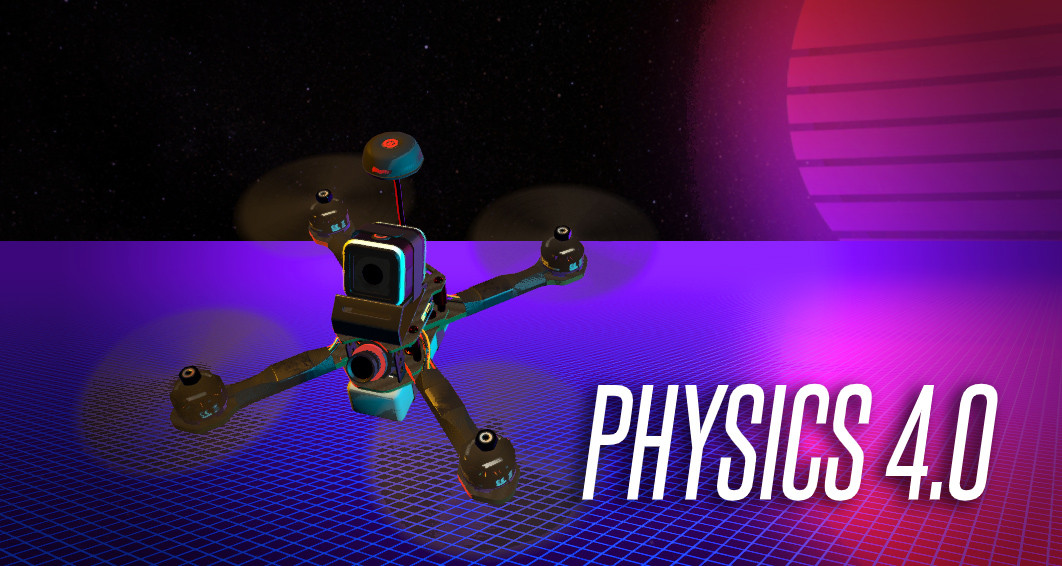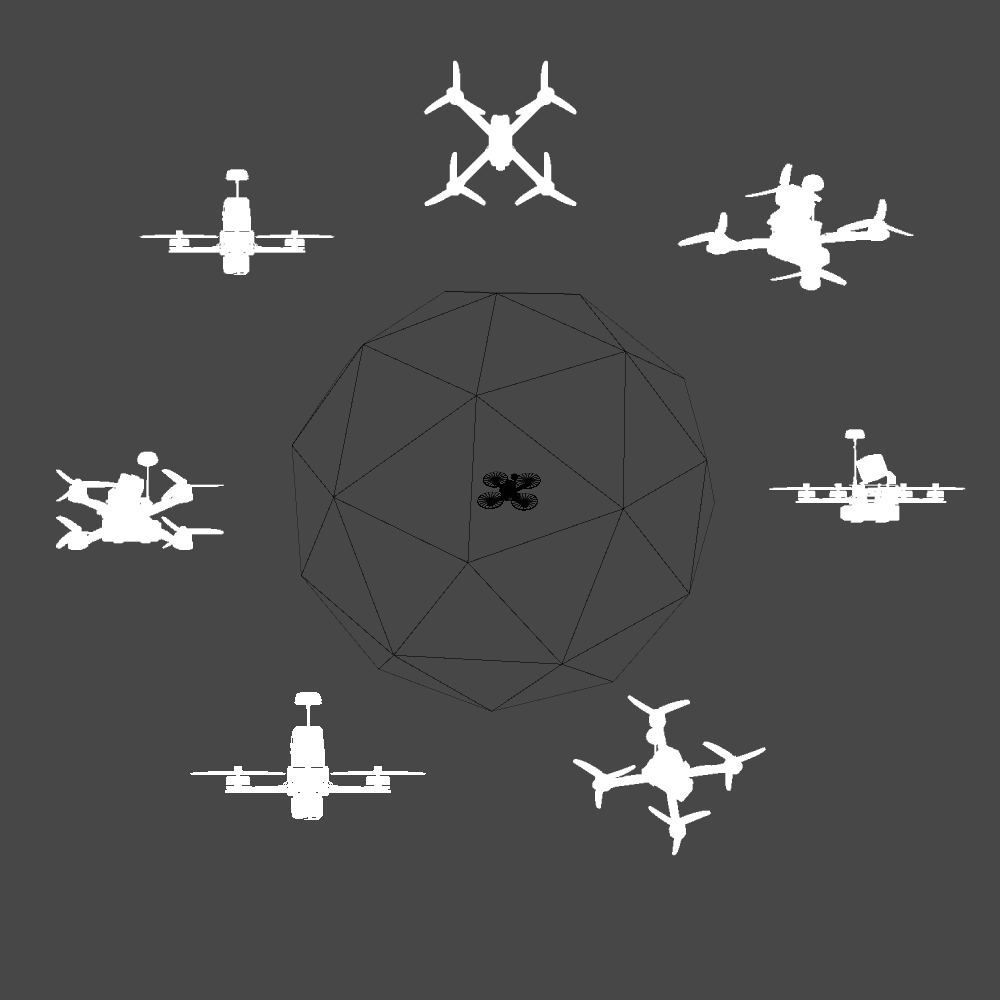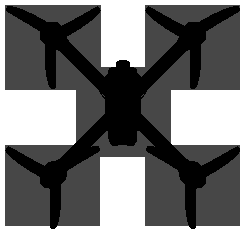Physics 4.0: Another step towards physics accuracy

At LuGus Studios, we are constantly working to provide the most authentic FPV flight experience on the market. Liftoff Physics 4.0 is yet another step forwards, pushing the accuracy of our physics calculations to levels never reached before, while adding more variance in flight behavior based on the specific parts you choose for your build.
What will be changing?
- Drag (sometimes called air resistance) will be a lot more realistic.
- Motor idle speed will be configurable.
What are the consequences of these changes?
- Your choice of drone and parts will have an even bigger impact on the flight behavior. With Physics 4.0, adding something like an action cam will not only add weight to the build, but also change the way air can flow around the drone.
- Motor idle speed is another tool to help tune the hang time you want for your drone. Keep in mind that, just like in real life, this might affect your flight controller performance.
- Skins that are obtainable through gift boxes will not change the drag of a quadcopter. We consider these unlockable skins to be purely cosmetic. They should never interfere with flight behavior. Default skins, on the other hand, are available to any player and do have an impact on the flight behaviour by altering the aerodynamic profile of the machine.
The rest of this article will describe these changes in greater detail.
Physics 4.0 capitalizes on Physics 3.0 models
Physics 3.0 saw a rework of the thrust calculations, based on the characteristics of a drone's parts, as well as a rework of drag. To reach that goal, we designed new state-of-the-art-models based on a huge quantity of experimental data gathered in collaboration with independent testing labs.
Physics 4.0 will make the most out of these models by eliminating some specific approximations we were using.
Designing Liftoff physics calculations is all about trade-offs. Approximations allow us to make calculations simpler - and easier on the player’s computer - but also result in a loss of information, which could lead to less realistic flight behavior. With physics 4.0, we managed to efficiently and accurately precompute some variables that previously were only estimated, resulting in an even more realistic flight behavior.
The most important of these is the surface area of the drone used for drag calculations.

On the left: the white boxes represent the current approximation
On the right: the orange outline represents the new, much more accurate area
What is drag?
There are three main forces acting on a flying drone:
- Weight: the force generated by the pull of gravity on the drone
- Thrust: the propulsion force generated by the propellers rotating
- Drag: a force opposing the drone movement caused by air resistance
Weight is straightforward and its calculation is simple and accurate. Thrust is a more complex topic. It was the main focus of Physics 3.0, and is now in a state where our calculations are very close to results obtained experimentally.
Physics 4.0 focuses mainly on drag calculations. Drag, sometimes called air resistance, is a force that always opposes the movement of the drone. The strength of drag depends on a lot of factors, one of them being the area of the drone, as projected onto its velocity.
A way to visualize this projected area is to imagine a camera looking towards the drone from a point a little further along its current trajectory. The silhouette of the drone as seen from this view is the projected area. While the silhouette is easy to imagine in the case of a drone flying straight ahead, it's much harder to imagine when the drone is performing freestyle tricks or rounding tights corners during races.
|
|
|
| Projected area when free-falling horizontally, while propellers are not rotating | Projected area when the drone's velocity is sideways (relative to the drone itself) |
On this last illustration, you can see in grey the projected area as approximated in Physics 3.0. The projected area as calculated in Physics 4.0 is displayed in black.
A new approach to an accurate projected area estimation
As a first approach to measure the drone's projected area, we tried implementing a camera that continuously filmed the drone, as described above. This gave perfectly accurate data, but had a significant impact on performance. Instead, we designed a way to sample the drone's projected area from 42 different angles during the loading screen before entering a level.

Visualization of our drone projected area sampling process: each point on the sphere is a sampled angle
Once we know the exact projected area for each of these angles, we can then interpolate between the three closest samples. The accuracy of the projected area calculated this way depends a little on the drone built, but we consistently obtained an accuracy of over 98%, with no performance hit.
Consequences
With Physics 4.0, each choice you make will configuring your drone will have an even bigger impact on flight behavior. If you add an action cam to your build, it will dramatically change the way air can flow around the drone. In other words, in Physics 4.0 every drone build is more unique than ever.
Some frames with particular designs, for instance the Vega with its aileron or the Gremlin, will end up with a different flight behavior that should be a lot closer to reality.




